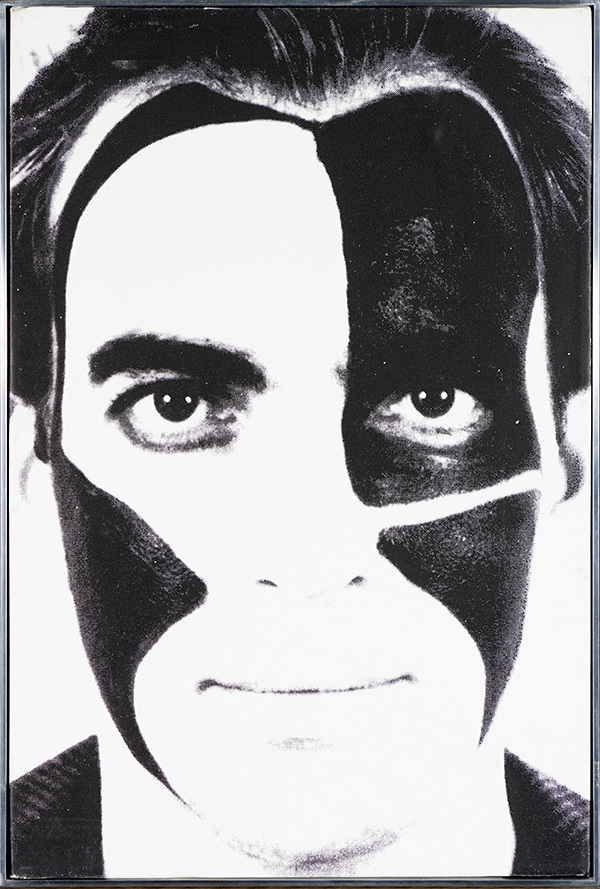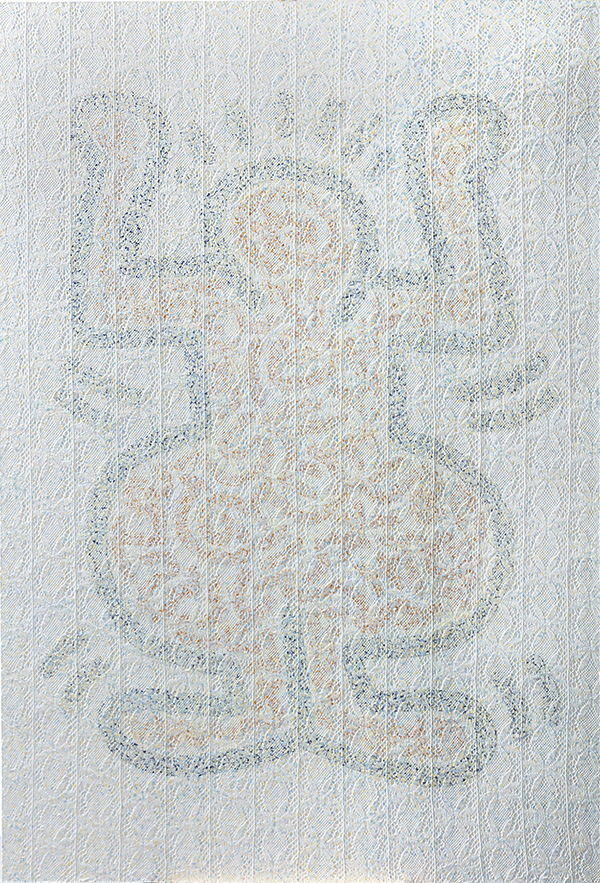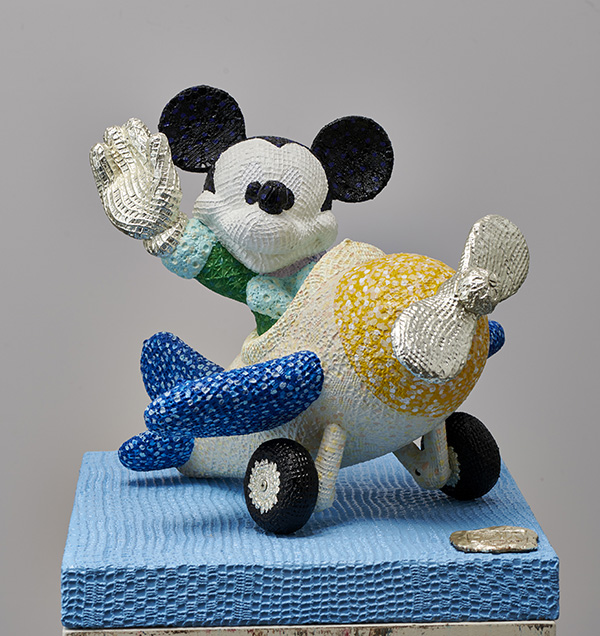ART-PRESENTATION: Knight Moves-Sam Havadtoy in New York
 Born in London to a Hungarian family, Sam Havadtoy while still a young child, his family returned to their homeland in the spring of 1956, just before the Hungarian Revolution broke out. After the Revolution it became impossible for the family to move back to the West. It took fourteen years for Havadtoy to acquire his British citizenship. Eventually, in 1971, the young artist fled Hungary, through Yugoslavia, back to the England, where he met the antique dealer Stuart Greet. Stuart Greet hired Sam Havadtoy and together they moved to New York.
Born in London to a Hungarian family, Sam Havadtoy while still a young child, his family returned to their homeland in the spring of 1956, just before the Hungarian Revolution broke out. After the Revolution it became impossible for the family to move back to the West. It took fourteen years for Havadtoy to acquire his British citizenship. Eventually, in 1971, the young artist fled Hungary, through Yugoslavia, back to the England, where he met the antique dealer Stuart Greet. Stuart Greet hired Sam Havadtoy and together they moved to New York.
By Dimitris Lempesis
Photo: Ludwig Múzeum-Budapest Archive
The exhibition “Knight Moves” focuses on Sam Havadtoy’s years in New York. His work relations with the city’s influential artists throughout the 1970s and ‘80s greatly affected his developing career as an artist, also the exhibition draws a parallel between his New York collaborations and his own later artistic endeavors. Sam Havadtoy in New York in 1972 and began working as an interior designer, which was how he got acquainted with John Lennon and Yoko Ono, who opened the gates for him to the élite of contemporary art. He started getting request after request from influential artists, trendsetters and architects. His experience in interior design, his expertise in material and production technology soon made him popular. Some of these collaborations would leave room for his own proposals. One of the main sections of the exhibition is based on his relationship with Yoko Ono, with chess as its leitmotif. “Of all the letters of condolence and gifts that came to the Dakota after John Lennon’s death, one of the strangest and most touching was the 5x5cm handmade leather chess set sent by the chess world champion Bobby Fischer. This was how Yoko and I began playing chess” recalls Havadtoy. Chess also became a metaphor for their separation twenty years later. In Havadtoy’s explanation, the games in a relationship are a lot like chess. “Chess has turned into the symbol of love in my mind” he says. This is how Bobby Fischer’s 1972 championship match of 41 moves against Boris Spassky deserved a series of 41 paintings, in which each move is represented in a different shade of white. A typical trait of Havadtoy’s art is the act of wrapping, covering, concealing. The series “Doors” from the mid-2010s is about his personal transformations and turns of fate: each door stands for the opening or closing of a stage in his life. Collected from the streets of Budapest, the discarded doors are pieces of the city’s history, silent witnesses to the destinies of people who used them. They are time capsules that undergo the stages of mummification owing to Havadtoy’s signature technique, anointed, wrapped in lace, textile, then Plextol, to be eventually painted over and dotted. “In Hungary you find lace on the top of the TV, on the back of the armchair, on the sofa, everywhere. But once it gets soiled or ripped it gets thrown away, because it is seen as something of little value, a bit kitschy, rather than one of the earliest forms of female art and a time-intensive craft that dates back at least to ancient Egypt. I thought by putting it on canvases or statues, the viewer is confronted with something that they never knew as a source of beauty in their lives”. Havadtoy’s game with objects, materials, forms and creative gestures of other artists cannot be dissociated from the situation that characterised his years in New York. As an interior designer he worked with a keen interest in art and a creative impulse, while in constant struggle for independent artistic opportunities. The walled-up fireplace and the resulting altarpiece made with Keith Haring is perhaps the piece that best demonstrates how, still as a designer, he insisted on his ideas being realised in the artistic sense throughout the creative process. The exhibition also features pieces from the artist’s later periods, such as the series of works made using Disney figures, the wrapped Fiat 500, or one of his latest works, a giant carpet of ducks, exhibited now for the first time.
Info: Ludwig Múzeum, Komor Marcell u. 1, Budapest, Duration: 13/7-2/9/18, Days & Hours: Tue-Sun 10:00-20:00, www.ludwigmuseum.hu



